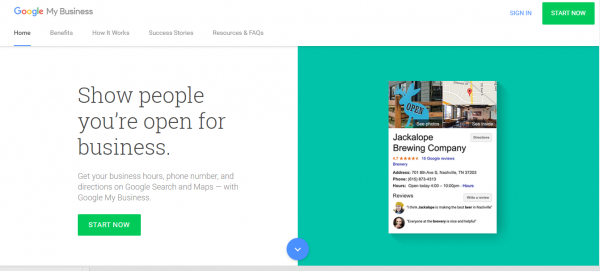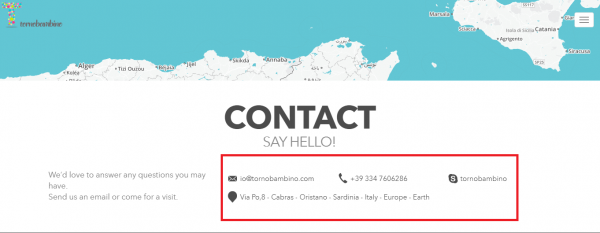Having an in-depth knowledge of optimizing your local enterprise’s website is essential for your business’ online success. While such a statement is cliché, still, a number of local sites are optimized for general search, fetching in irrelevant traffic that are located nowhere close to their place of business.
Your local SEO must be concentrated, fixated and customized according to the unique behaviors or your consumers in a particular region. The following list will make you more prepared for your local SEO battles.
Have Your Google+ Local Business Page Optimized
Local SEO isn’t possible without completing your own Google My Business profile. This certainly puts your business on the map of Google.

Maile Ohye, one of Google’s tech lead, boldly suggests that an enterprise could go well without even having a website if they’re able to start with an optimized G+ Local page.
Certainly, pushing through a local business promotion with GMB is more than a requirement; it’s a necessity for today’s modern local businesses.

You can start setting up your GMB profile by visiting this page: https://www.google.com/business/
Have Meta Descriptions and Title Tags Optimized with Local Keywords
By telling both the search engine and the searchers where your local business is located, every page on your site must have its title tags and associated meta descriptions optimized for local searches.

While it is common to find local business sites’ homepages optimized like (a homepage title tag of a New York Restaurant), many of their inner pages neglect to indicate the all-important location, such as (a service page title tag of a Healthy Restaurant vs. the optimized Healthy Restaurant in New York).

Meta description is also essential as local searchers would need to know with assurance that the link they click leads to an enterprise near them.
You may have it done easily with SEO Yoast, one of WordPress’ most popular plugins.
Make Sure to Optimize Your Site’s Contact Page by a NAP and a Map
Your site’s contact details must be made visible on all the pages of your website (it must be highly visible in both your header and footer). The contact page must have a clear NAP (Name, Address, and Phone Number) and an exact Google Map to allow visitors to know your exact location.

Have Contents Complemented with Local Photos and Videos
Textual contents give a harder punch when they’re complemented by photos and videos taken with local scenes and situations.
Now, you may be asking if how Google would know that these media additions are optimized for local searches?
Well, the titles, file name, as well as the alt attributes, must tell them, so that’s why every image and video snippet must be optimized for locally targeted keywords that fittingly describe the scene portrayed.
Localize All Social Networks
 Make sure to have your social profiles completed with your local business’ name, address and contact numbers. Also, make sure to have these social profiles connected to your website.
Make sure to have your social profiles completed with your local business’ name, address and contact numbers. Also, make sure to have these social profiles connected to your website.
Technically, the more localized your entire online presence is, the more optimized your website gets. These social signals will help provide additional juice in proving your dominance in your physical domain.
Obtain Natural Links From Local Authority Sites to Improve Local SEO
Your link outreach strategy must be centered on other local sites that are of great authority. You may achieve this through extensive planning and excellent content. Three simple steps would include; setting up some local page resources on your website, providing excellent content to local blog owners, and linking with valuable educational institutions to obtain elusive .edu links.
Author Bio

Patrick P. is the founder of LinkVista Digital Inc, a digital marketing and online solutions firm based in the Philippines.
















Thanks for sharing such valuable post
Really like it